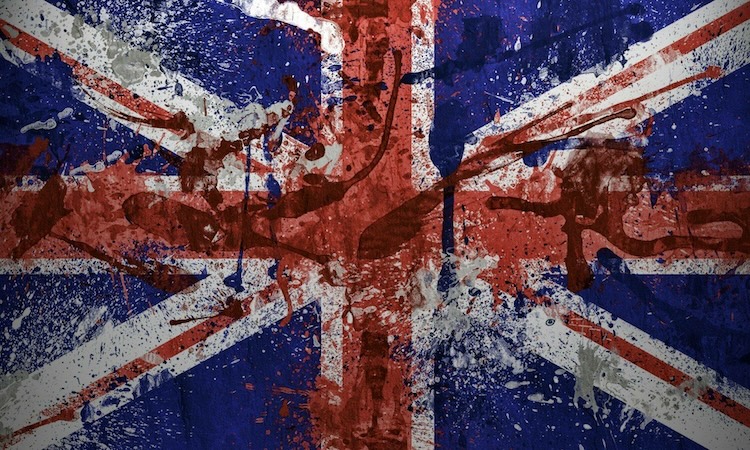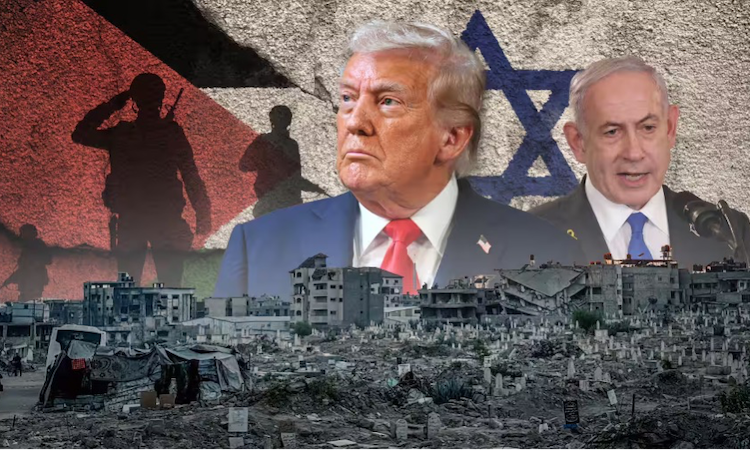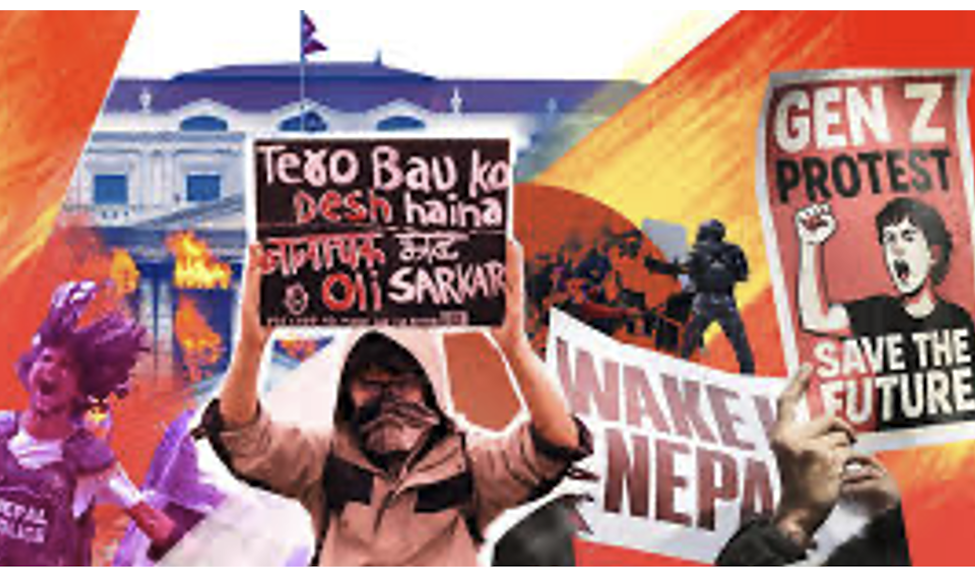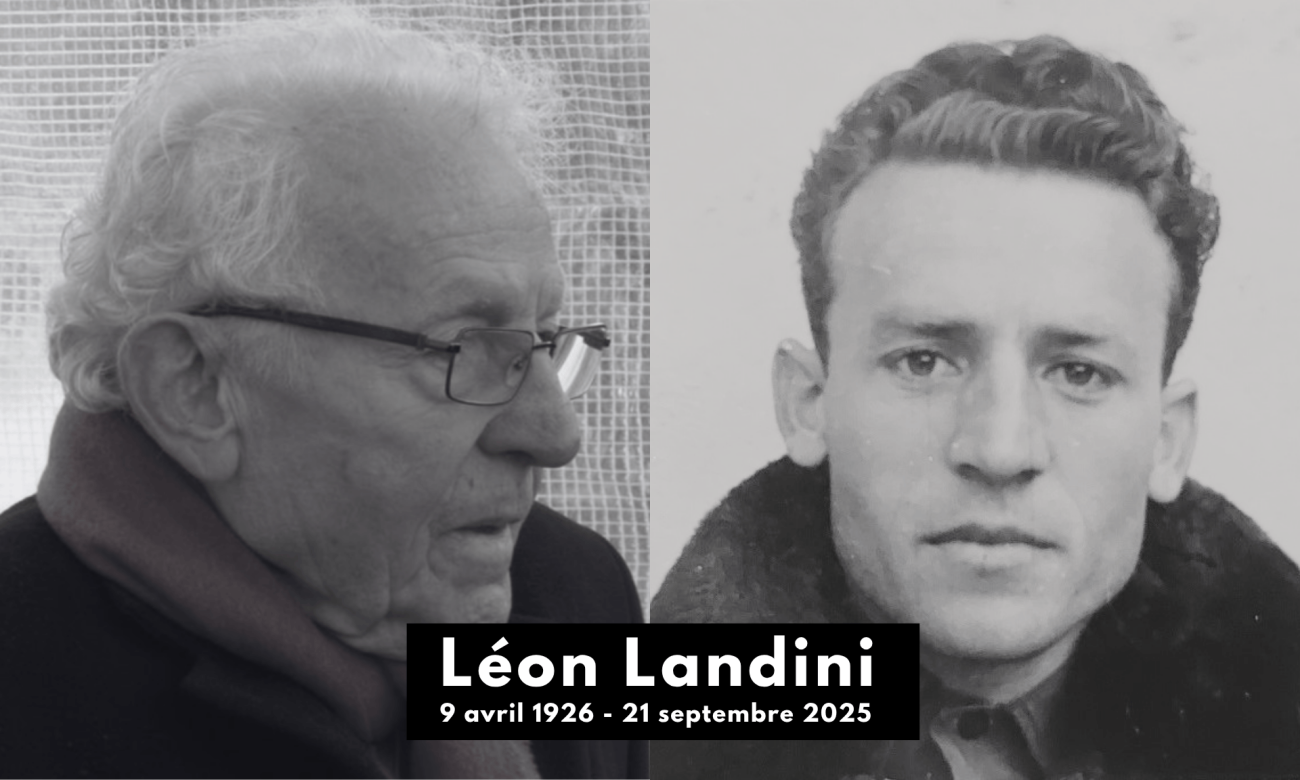In recent years, the ‘rebooting’ of comic-book characters through the method of creating origin stories has become a staple for the US film industry, busy trying to inject new interest into the superhero genre.
Many a spandex-wearing masked avenger, hailing from the pages of the throwaway American comics of the 1940s and 50s, has been given a moody, superficially dark background story – occasionally setting them in a completely different timeline or version of their own imagined universe.
This ‘fleshing out’ of the line-up of characters provides the franchise owners with endless opportunities to spew out new variations and repetitions of old stories, and to rake in billions in box office dollars in the process.
The most recent example of these has attracted both controversy and admiration, with commentators damning the film as glorifying horrific acts of violence, or for portraying people suffering from mental-health issues as potential vicious predators, and others hailing it as a revolutionary masterpiece with the potential to popularise class struggle.
‘Kill the Rich’: the slogan of insanity
In the film, Joaquin Phoenix plays a downtrodden social outcast, Arthur Fleck, who suffers from a psychological condition driving him into uncontrollable fits of laughter whenever he is forced to endure mental stress. He dreams of being a successful stand-up comedian, but works as a rental clown, enduring abuse and hostility from both co-workers and the public.
Having been given a handgun by one manipulative fellow entertainer, Fleck ends up shooting and killing three drunken investment bankers on the subway, who, after threatening and intimidating a lone young woman to the point where she has to flee to a separate carriage, set upon the protagonist in response to his involuntary laughter at the tense situation.
When published in the Gotham City press, the news of the murders provokes an unexpected reaction amongst a section of the population, with some putting forward the slogan ‘Kill the Rich’ and donning plastic clown masks in imitation of the killer’s police description.
Interestingly, this serves a double purpose. On the one hand we are offered an opportunity to empathise with the poor’s desire to fight back; on the other hand, the form this particular fight-back takes invites us to brand all rebellion against inequality as being the deluded product of an insane mind.
Meanwhile, the cancelling of Fleck’s medical assistance due to budget cuts causes him to lose his support and his social worker. As the film progresses, he spirals further out of control as he stops taking his medication (an interesting message here, too, if one wants to delve into it), meting out violent retribution to various characters who have or have been perceived to wrong him previously, finally emerging in the outfit and make-up resembling that worn by the original Joker character featured in DC’s Batman comic strips.
From these elements it’s easy to see why the film has been branded as irresponsible or dangerous in some quarters, and as a paean to civil disobedience and social uprisings in others.
Inequality driving alienation and anger
From the outset, the viewer is firmly planted in a 1970s Gotham City, suffering from economic crisis, inequality and rising social tensions. As much a homage to the trashy crime thrillers of that era as it is to the Batman franchise, the creative merit of the film lies in its attempt to take an existing motif within the Batman ‘universe’ and use it to tell a different kind of story, turning the villain into a protagonist deserving of at least some empathy.
The hopeless, demoralising existence that faces many within decadent, crisis-ridden capitalist society is the setting and catalyst for the anti-hero’s origin, full of rude businessmen (most pointedly Bruce Wayne’s father), pornographic cinemas, and deteriorating living conditions for the majority.
Although a glorification of violence has been one of the main criticisms levelled at the film, by the usual standards of the action film/superhero film genre, there was markedly less gratuitous violence than one would find in many examples.
While the film does indeed contain several violent scenes, they constituted little when compared to the bombs, missiles, machine guns and rocket launchers that fired incessantly during the adverts for war films, action films and warfare-based computer games that preceded the screening.
But if one expects to find a clear revolutionary message from the film, disappointment will surely follow.
The lone gunman: an individual’s howl of rage
While there are elements that seem to champion the notion of a mass uprising against the elite as a valid response to social inequality, the narrative has more of a fixation with the idea of the ‘lone gunman’, driven to commit singular, spontaneous acts of terrorism against other individuals on the basis of the perceived character flaws of each target, rather than with the idea of a comprehensive and planned programme for conducting revolutionary activity.
From a Marxist-Leninist perspective, one can acknowledge the subversive aspects of the film: the suggestion that the crime-ridden, alienating environment of Batman’s fictional Gotham City is a direct result of the monstrous accumulation of wealth in the hands of corporate capitalists typified by the Wayne family themselves is as radical an interpretation of the superhero genre landscape as any, but the film is still far from containing any really progressive, class-conscious message.
In essence, it simply substitutes one vigilante for another – the Joker for Batman. The fundamental tenet at the heart of the superhero narrative (created, let us remember, as part of the USA’s anticommunist culture wars) – that the masses are passive victims, incapable of coordinated action, who must hope for a saviour rather than relying on their own strength – remains intact.
Indeed, their impotence is underlined by the ultimately futile attempts of Joker and others to seek restitution or revenge separately and destructively, rather than collectively.
In the end, the film merely depicts a howl of impotent rage against a crumbling, 20th-century Gomorrah that has lost its ability to care for its traumatised and vulnerable – a howl that is joined in chorus by nameless others, all seeking individual revenge for personal grievances.
The narrative borrows elements from films such as the 1983 satire The King of Comedy and the 1976 satirical drama The Network in order to weave an authentic environment set in a specific period of modern history. However, it stops short of including the likes of the Black Panthers or communists as viable players in political discourse in the way that many US crime thrillers of that era did (albeit in their own cynical way).
How do we respond to injustice? Can the world be changed?
The difference between a revolutionary message and reactionary subversion in this context is how the concept of the revolutionary transformation of society is approached.
Joker merely plays with the idea of unrestrained, violent revenge against nasty characters within the existing social system, positing that such acts are to be expected in a society as vicious and unequal as that depicted in the film.
Being released in cinemas at a time when financial journals and corporate media are increasingly arguing for reforms within capitalism as the only way to avoid popular dissatisfaction and even civil unrest in the centres of imperialism, the ruling class’s growing fear of spontaneous mob violence clearly underlies the film’s narrative.
Ultimately, the story bears no revolutionary message, and presents merely a twisting of the ‘masked vigilante’ motif standing at the heart of the original Batman concept, casting the arch-villain of that franchise as an unhinged outlaw who carries out his fantasy of pronouncing judgement on ‘baddies’ in much the same way as Bruce Wayne does in the guise of his crime-fighting alter ego in the comics.
Interesting as this may be for some viewers, it is hardly likely to inspire mass participation in an organised social movement directed towards the overthrow of the crisis-ridden system of capitalism. Nor will it urge anyone towards considering the replacement of this out-of-date system with a planned socialist economy.
As commentator Dr Christina Kostoula put it when discussing the film on George Galloway’s Sputnik Radio talkshow: “If we are looking to find something dangerous for the ruling classes, we should not expect to find it in such fictional narratives, but in theory and anti-imperialist analysis.” (The Mother of all Talk Shows, 13 October 2019)
For a Marxist-Leninist evaluation of the import of real, rather than fictional, spontaneous outbursts, encompassing mass anger against the rule of capital, we refer the reader to these words, published following the youth uprisings that erupted across Britain in 2011:
“The young people on the streets are also learning a lesson that the capitalist class would very much rather they quickly forget. Namely, that if enough people rise up simultaneously and in enough places, there is not much the ruling class can do to stop them, since the police and others who make up the forces of the state are actually very few in numbers compared to the masses of the working class.
“The crucial lesson that the working class urgently needs to learn is that the real source of their misery and frustration is the capitalist system of production. This system is kept in place by the hirelings of a handful of billionaires, who grow richer by the hour while pressing down hard on those who work to create those riches.
“As economic crisis threatens the billionaires’ profits, they are pressing even harder, reducing to a minimum and below not only workers’ wages, but also the social benefits they need, while being quite unable to provide work for millions more people who need a decent job.
“Communists support and defend the oppressed when they rise up, but we have seen massive uprisings before, generally in the same communities as current events, for example in 1981 and 1985. But so long as capitalism remains in place, it continues inexorably to impoverish the working class; and overthrowing capitalism is impossible without conscious organisation for that purpose.
“So long as capitalism remains in place, the real gains of workers’ struggles, however magnificent, are transient and reversible – precisely why the events of previous years are being repeated today.
“Communities certainly need to form themselves into self-defensive bodies to resist the police and other agents of bourgeois repression. But above all the working class needs its own general staff, which can lead not only in defensive struggles but also in the struggle to overthrow the increasingly criminal rule of the bourgeois class of heartless billionaires whose system treats the millions of working-class people as vermin.” (Rage against capitalism, Proletarian, August 2011)











